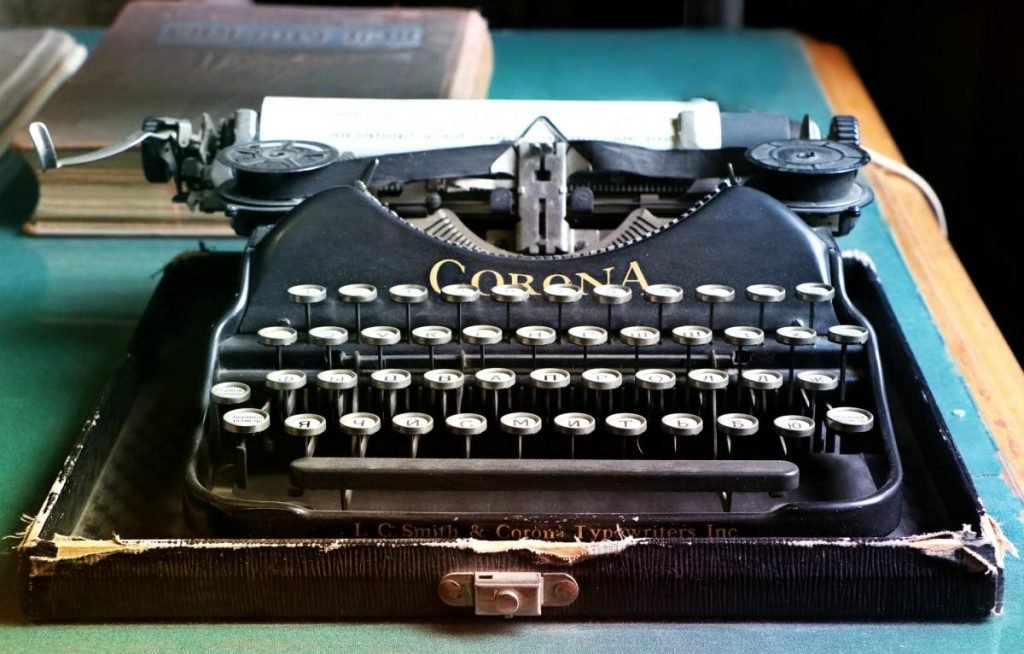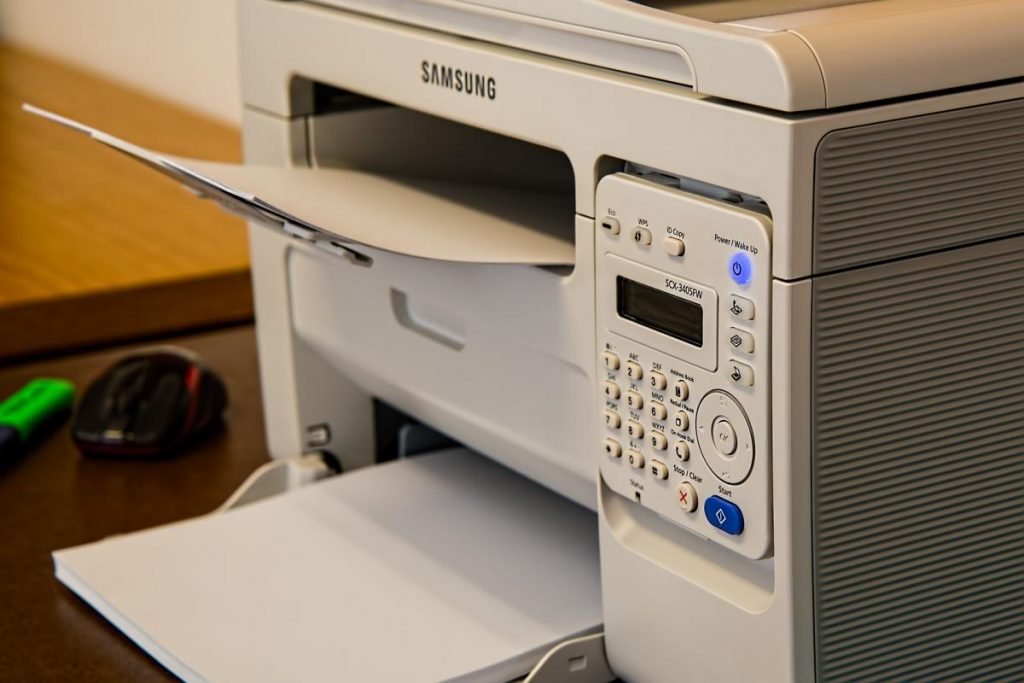From typewriters to printers: the history of inkjet
Inkjet printers are widely used and can be commonly spotted in offices around the globe. Modern inkjet printers has a brief history of a few decades. However, the former form of printers – the telegraph machine started to utilize similar technology over a century ago.
In 1867, cotinuous inkjet (CIJ) telegraph machine was invented by William Thompson, but wasn’t widely used until a few decades later. The ink gets constantly sprayed out of the inkjet, which moves corresponding to the signal received to skectch a pattern of lines, which could be translated to Morse, and then words and sentences.

Prior to the invention of modern printers, people used typewriters to print documents. The major drawback of typewriters is that the fonts and sizes of letters are fixed and lack flexability. Typing was similar to stamping letters onto paper. To solve this problem, stylus printers were invented in the 1970s, which uses bunches of styluses or pins to form letters. The stylus printers had their own flaws: low resolution, slow printing speed, and high volume of noise.

The modern inkjet printers today use a technology called drop on deman (DOD). Instead of continuously jetting ink, now ink only drops where it is required. Both HP and Canon were the pioneers in the industry, and they have been working closely together on the development of inkjet printers. The healthy cooperation and competetion has helped push the industry forward. Today printers have advanced significantly comparing to decades ago. They are generally much smaller and more affordable, often combined with scanning and copying functionalities, and are often equipped with new features such as coloured printing and double-side printing.
